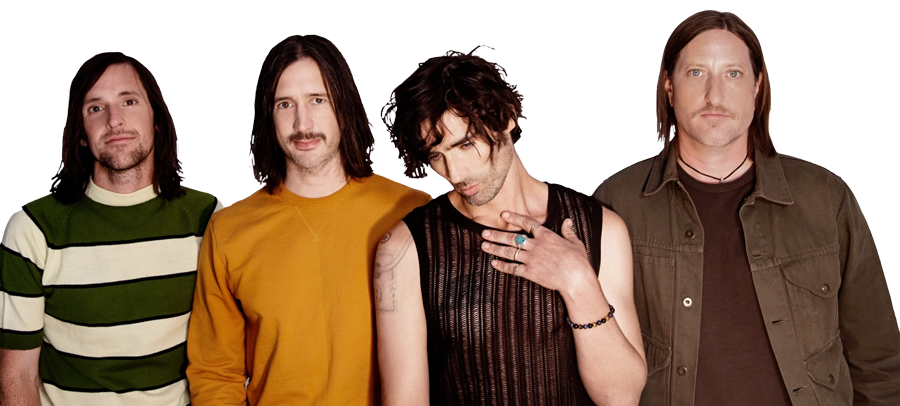Six different Apollo missions brought lunar rocks to Earth. To study and preserve these priceless rocks, NASA created the Lunar Sample Laboratory Facility at NASA Johnson Space Center.
The lunar vault in Starship Gallery at Space Center Houston is a certified clean room. The equipment seen in the room is the same equipment used in Lunar Sample Laboratory Facility.
In Space Center Houston’s Lunar Vault, you can gaze at actual Moon rocks, kept in a pure nitrogen environment as they are kept at NASA to preserve them. This is the largest display of Moon rocks on public display in the world. You can check out a cross-section of a lunar sample under a microscope and see the devices that go into studying these fascinating bits of the Moon.
The lunar touchstone
Touch a piece of the Moon. The lunar touchstone was brought back to Earth by the Apollo 17 crew in December 1972. Astronauts Harrison Schmitt and Eugene “Gene” Cernan collected the sample in the Valley of Taurus-Littrow, an area similar to the Grand Canyon, located on the edge of the Sea of Serenity in the upper right quadrant of the Moon as viewed from Earth.
The Apollo 17 mission collected the most tonnage of lunar rocks of any mission to land on the Moon. Cernan and Schmitt returned with 110.4 kilograms (243.4 pounds) of lunar samples.
There are only eight lunar rocks available to touch by the general public in the world. This one is 3.8 billion years old. Touch a piece of the Moon today in Starship Gallery.
About the Lunar Sample Laboratory Facility
The Lunar Sample Laboratory Facility that Space Center Houston’s Lunar Vault was modeled after opened in 1979 and is the chief repository of the nearly 382 kilograms (842 pounds) of lunar samples collected by the Apollo missions. It was constructed to provide permanent storage for the collection in a physically secure and non-contaminating environment.
The facility consists of a storage vault for the samples, laboratories for sample preparation and study, a vault for sample data and records and machinery to supply nitrogen to the cabinets in which the samples are stored and processed.
The facility also stores rocks, core samples, regolith, sand and dust from Apollo and Soviet robotic Luna missions. In addition to continued study of these samples, lunar curators distribute samples for research and teaching.
Scientists continue to study the lunar samples, looking for clues about how the minerals formed. In the past, scientists have measured the heat conduction through unopened core tubes and have measured the light reflected both from the soil and the rocks.






